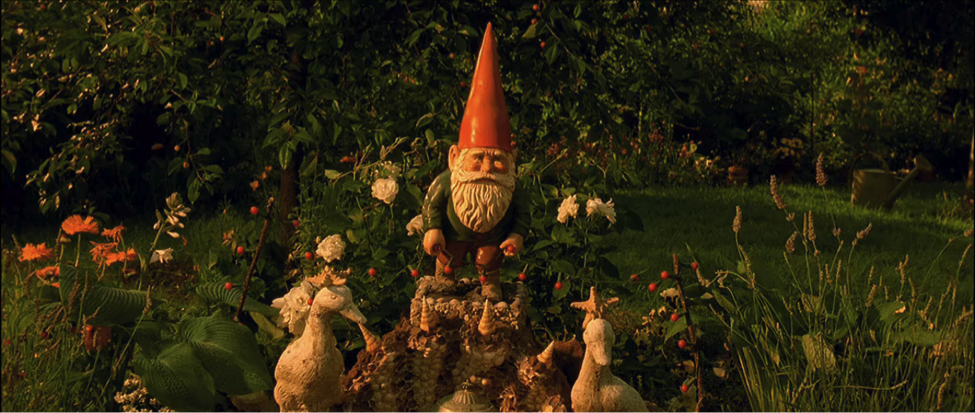
Everyone dreams about travelling the world and seeing the sights, and in Amelie, as Georgina Guthrie tells us, a very unusual globetrotter got to do just that.
Fairy tales inform us that the gnome is a reclusive figure, content to hide in the safety of his underground burrow. How apt, then, that suburbia adopted him as a staple garden ornament, immortalising him as an icon of home living and all its traps. Of course, there have always been those who like to stir things up: domesticity and routine ever the target, this kitsch face of suburbia was, by the 1980s, ripe for liberation.
‘Gnoming’, as the practice is known, involves stealing a garden gnome and returning it ‘to the wild’. It started in the 80s, gained popularity over the following 30 or so years, and was quietly kept simmering in the public’s consciousness through the quirky France-based Front pour la Libération des Nains de Jardin, or The Garden Gnome Liberation Front, until 2001. Enter Amélie, Jean-Pierre Jeunet’s slice of pure French-fancy escapism. A notoriously world cinema-phobic international audience lapped it up, drawn to the highly exotified depiction of Paris – complete with accordion soundtrack, cobbled streets and a healthy dose of boisterous continental sex. It’s a film as whimsical as a garden gnome and as sweet as creme brulee. Crack its surface to discover more layers of soft romance with no hard consequences, and follow its heroine around a caramel-filtered, stylised version of Paris that doesn’t really exist.
Amélie (Audrey Tautou) is a dreamer and tinkerer whose kooky logic includes stealing (or ‘liberating) her father’s garden gnome and giving it to an air hostess friend to photograph at famous sights around the world. Why? This is the most straightforward way to show her father what he’s missing, of course. The garden gnome, collector of moss and historically reclusive figure is turned into a liberator, prompting Amélie’s father to leave and travel.
Thirteen years on, Amélie remains one of the most cherished foreign language films in the UK and US. Audiences responded to the safe yet exotic version of Paris depicted so beautifully, because it encapsulated a social desire to escape from the mundanity of everyday life. And the gnome itself? It has since become the front of a travel agent’s advertising campaign and a Time Magazine cover feature, forever immortalised as the face of travel, change and escape.
Go Further – A short history of the roaming gnome


